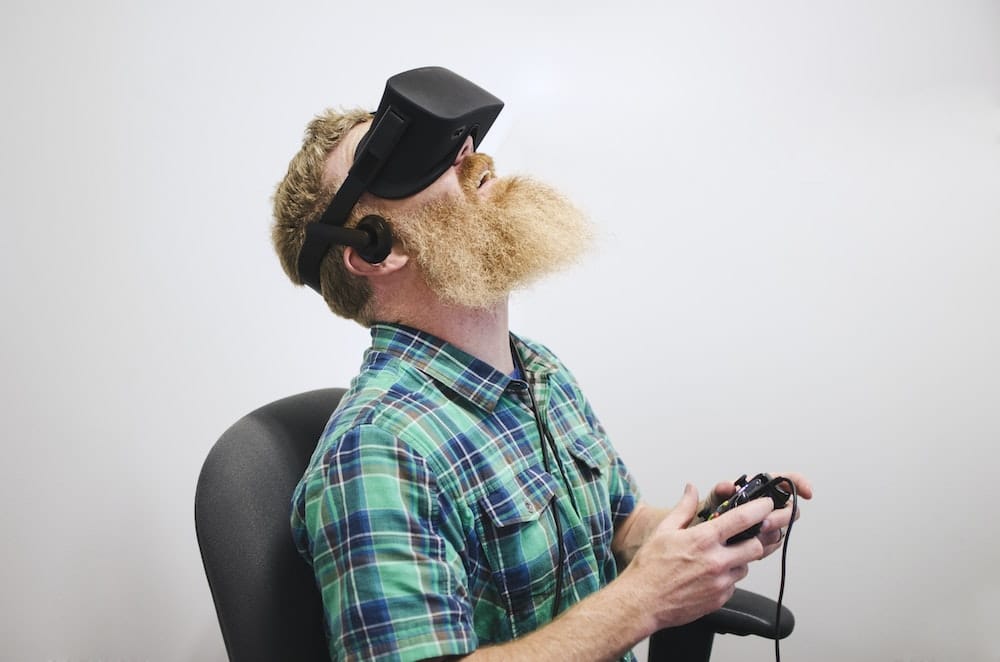What Role Does Virtual Reality Play in Enhancing Aerospace Engineering Education?

Traditionally, aerospace engineering education has relied on theoretical coursework and physical prototypes. However, with the advent of advanced technologies, a new paradigm has instigated a seismic shift in the way students learn and experience these concepts. An essential instrument of this transformation is virtual reality (VR), a technology that has begun to play an instrumental role in enhancing the educational experience in the field of aerospace engineering.
Understanding the Virtual Reality Technology
Virtual reality is a computer-generated environment that allows the user to interact in a seemingly real, 3D world. This technology has been a game changer in various sectors, and education, especially aerospace engineering education, is no exception.
Sujet a lire : Protection ddos et hébergement offshore : la solution anti ddos ultime
Leveraging VR in education offers an immersive learning experience unlike any other. It provides a realistic, rich, and engaging learning environment that can be tailored to individual needs, enhancing their understanding and retention of concepts. Using VR, students can virtually explore, for example, the internal structure of an aircraft engine, understand its design, operation, and even perform virtual maintenance tasks – all of this without actually being in the presence of a physical engine.
VR in Aerospace Engineering Education
Implementing VR in aerospace engineering education has significally reshaped the way students learn and interact with the subject matter. It provides a practical, hands-on approach to learning that greatly enhances the students’ understanding of complex aerospace engineering concepts.
Dans le meme genre : Can Smart Lighting Systems Detect Occupancy and Save Energy in Office Buildings?
Moreover, VR allows for immersive learning experiences that are otherwise impossible in a traditional classroom setting. For example, students can virtually travel to the International Space Station, conduct experiments in zero gravity, or simulate a space walk. Such experiences provide a deeper understanding of the challenges and workings of the aerospace environment.
In addition, VR enables students to experience flight scenarios and emergencies in a safe environment, which is particularly useful in flight training. This technology can simulate a wide array of situations, from normal flight conditions to extreme emergencies, allowing students to learn how to respond effectively without putting themselves or aircraft at risk.
The Impact of VR on Training and Development
Virtual reality has proven to be a powerful tool in the training and development of aerospace engineering students. It affords them the opportunity to practice and improve their skills in a risk-free environment, increasing their confidence and proficiency.
In the area of maintenance training, for example, VR can simulate complex maintenance tasks, allowing students to repeat the tasks as many times as needed until they master them. This interactive approach to learning not only enhances their technical skills but also improves their problem-solving and decision-making abilities.
Moreover, VR can be utilised to mimic the operational environment of various aerospace systems, aiding students in understanding how these systems function under different conditions. This practical experience is vital in the development of competencies required in the aerospace industry.
VR and Future of Aerospace Engineering Education
Looking ahead, it’s evident that VR will continue to shape the future of aerospace engineering education. As technology evolves, the virtual learning environment will become even more realistic and immersive, enhancing the learning experience of students.
One significant development will be the integration of augmented reality (AR) and VR, creating a mixed reality environment. This will allow students to interact with both virtual objects and the real world simultaneously, providing a more comprehensive learning experience.
Furthermore, the use of VR in conjunction with artificial intelligence and machine learning could offer personalized learning experiences tailored to the needs of individual students. This could revolutionize the way aerospace engineering education is delivered, making it more effective and engaging.
In conclusion, VR plays an integral role in enhancing aerospace engineering education. It provides an immersive, hands-on learning experience that deepens understanding and retention of complex concepts. As technology continues to evolve, the role of VR in aerospace engineering will only grow, shaping the future of the sector and the way we learn.
Integration of VR and AR in Aerospace Engineering Education
The future of aerospace engineering education is being shaped by the integration of virtual reality (VR) and augmented reality (AR). This blended technology is known as mixed reality and it provides a unique learning environment for students. Unlike VR, which completely immerses the user in a virtual environment, AR overlays digital information onto the real world. This combination allows students to interact with both virtual objects and the real world simultaneously, creating a comprehensive learning experience.
For instance, in a mixed reality environment, aerospace engineering students can overlay virtual elements onto a real engine, allowing them to see how different components interact in real time. They can manipulate virtual parts, understand their functions, and evaluate how changes to one component might affect the entire system. This hybrid learning environment provides a high level of interactivity and engagement, which can significantly enhance the learning experience.
Beyond the classroom, the integration of VR and AR is also transforming flight training in the aviation industry. Trainees can use VR to simulate the flight environment and AR to overlay crucial flight data and navigational aids. This amalgamation of technologies provides a robust training device where pilots can practice various flight conditions and emergencies in a safe, controlled environment.
In essence, the convergence of VR and AR in aerospace engineering education is not just an advancement in technology—it’s a revolution in teaching and learning methodologies. It opens up an array of possibilities for interactive, experiential learning that were unimaginable just a few years ago.
Conclusion: The Future of Aerospace Engineering Education
As we take a glance into the future, it’s clear that VR has forever altered the landscape of aerospace engineering education. It has transitioned from being a novelty to a crucial educational tool, offering an immersive, risk-free learning environment that enhances comprehension and retention of complex aerospace concepts.
One potential direction for future development is the integration of VR with artificial intelligence (AI) and machine learning. This could enable the creation of personalized learning environments, tailored to meet the unique needs and learning styles of individual students. Imagine a reality education system that uses AI to identify a student’s strengths and weaknesses, then tailors a VR experience to reinforce concepts and skills where the student needs improvement.
Moreover, the application of VR in aerospace engineering education goes beyond theoretical knowledge and technical skills. It provides students with an understanding of the pressures and challenges faced in the aerospace industry, equipping them with the practical experience and cognitive skills necessary to succeed.
In conclusion, VR has shown its immense potential in reshaping aerospace engineering education. Its application in the classroom and in aviation training, alongside augmented reality, offers an immersive and interactive learning experience. As the technology continues to evolve, VR is set to play an even more significant role in shaping the future of aerospace engineering education, making it more effective, engaging, and relevant to the needs of the industry.
